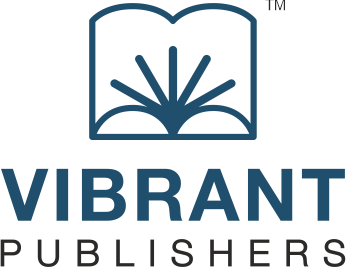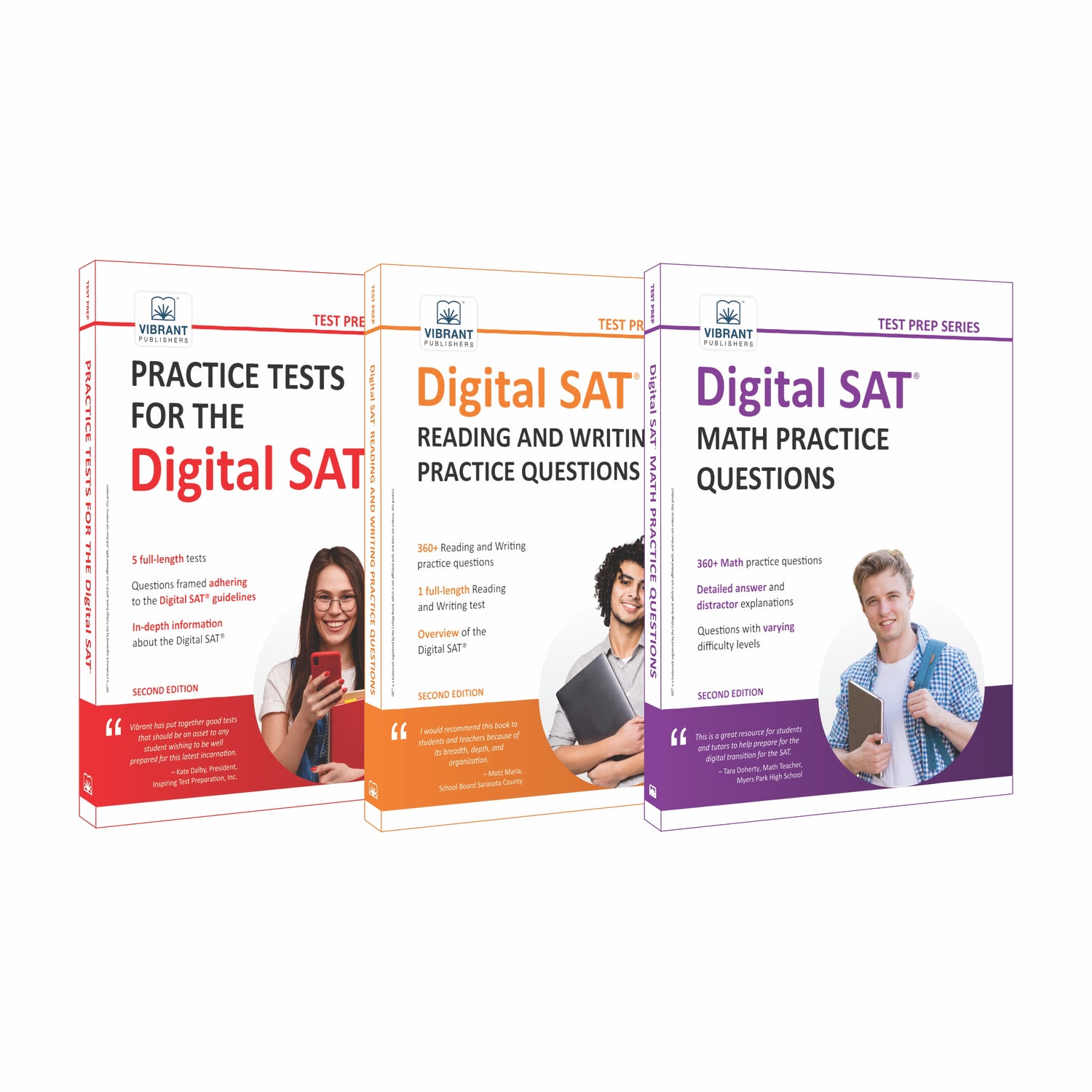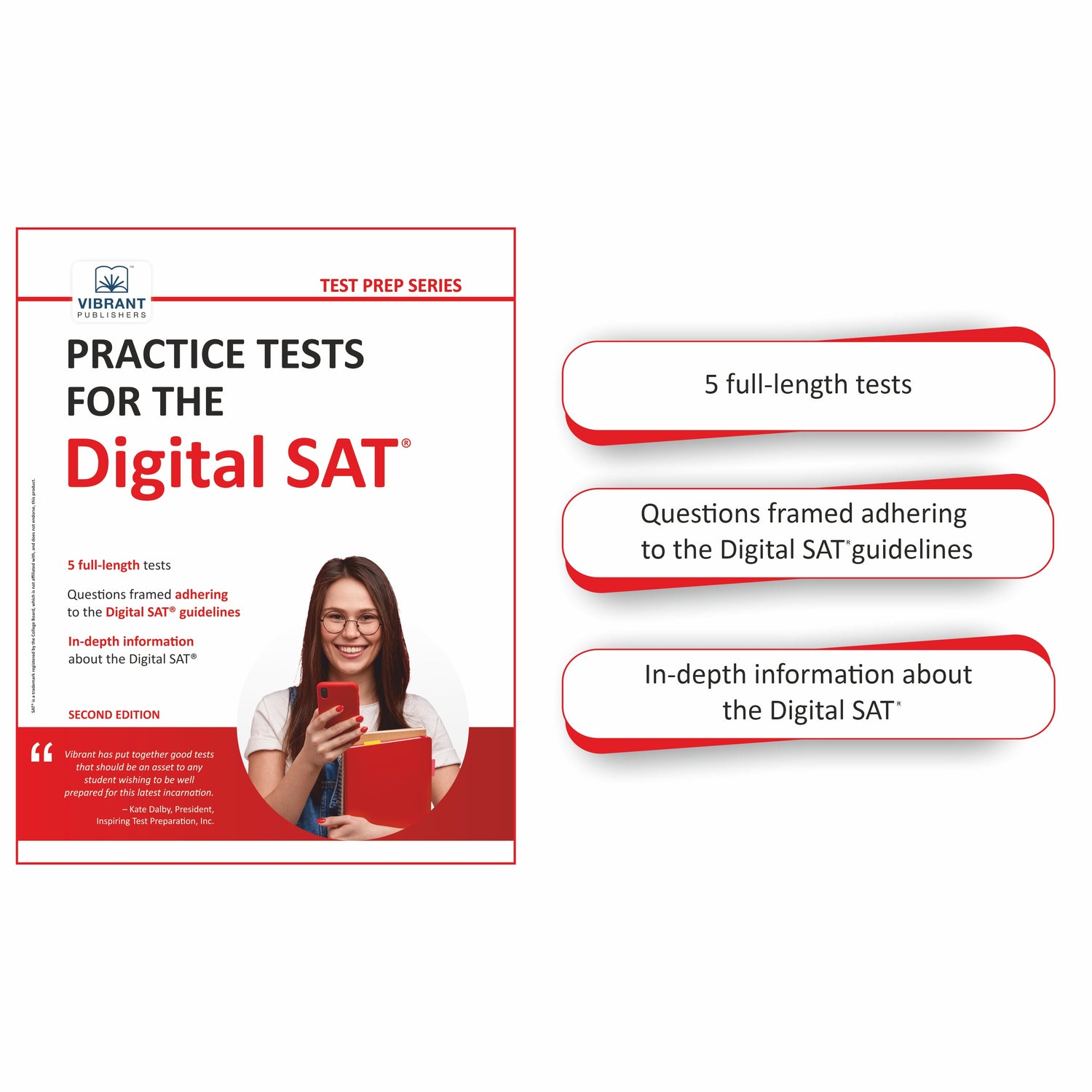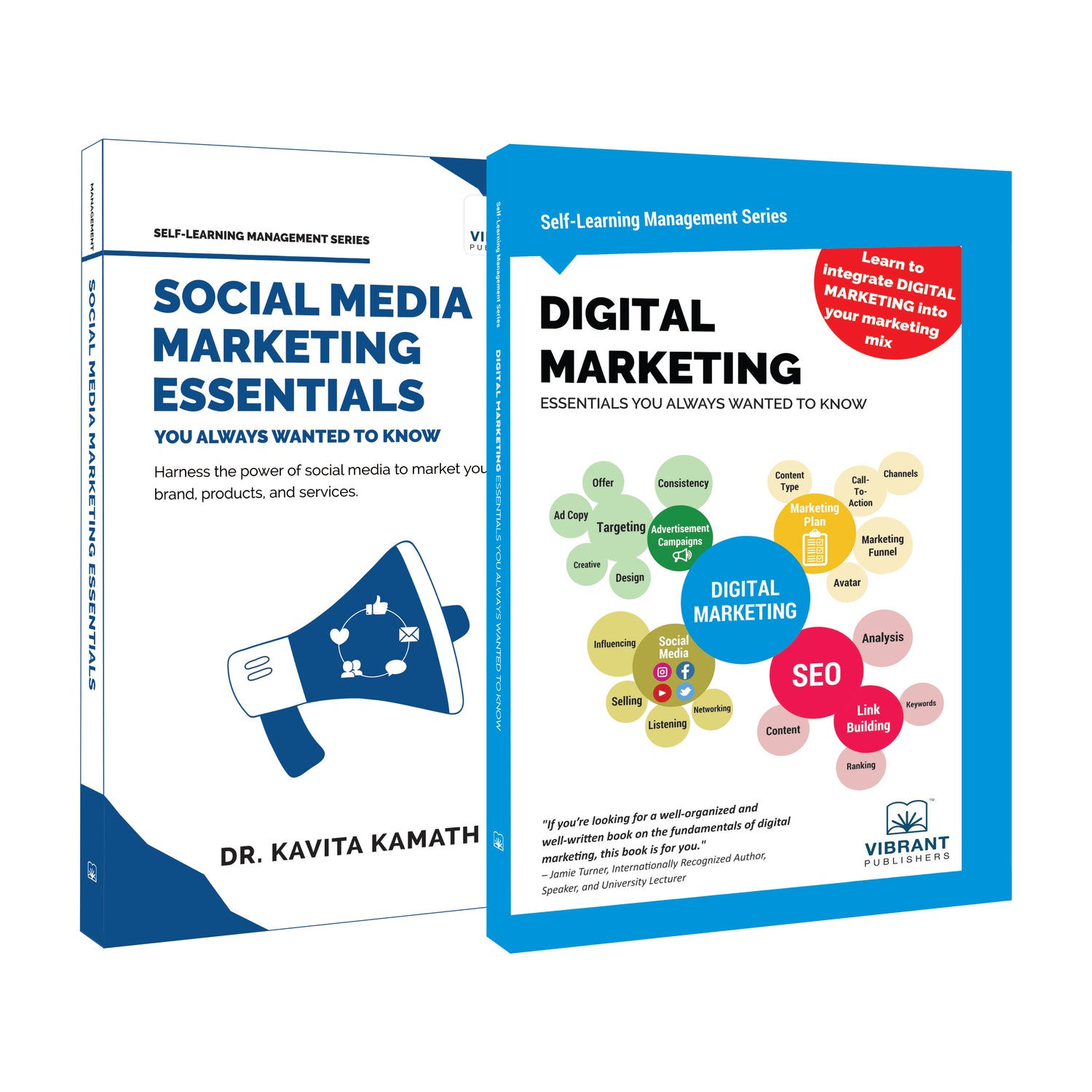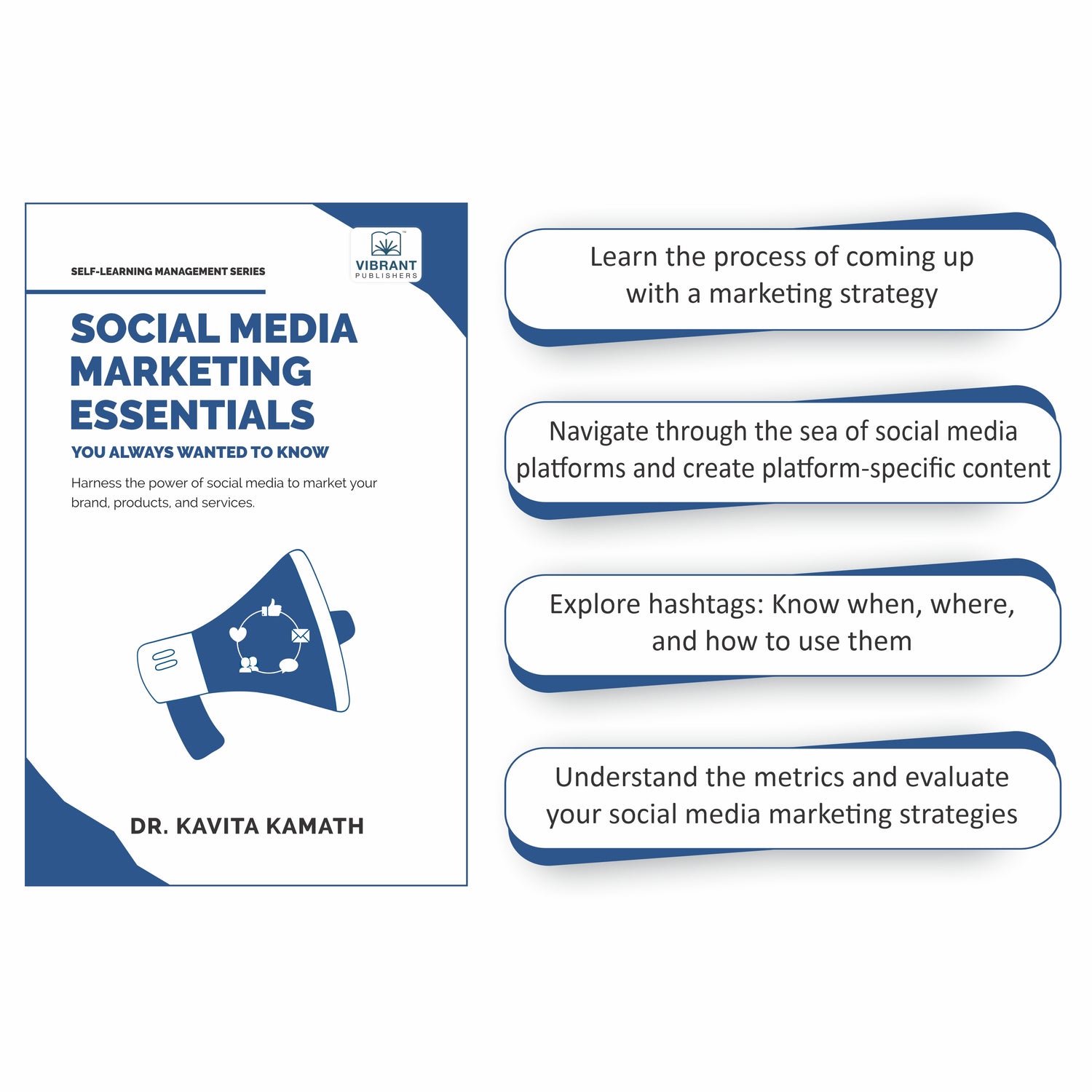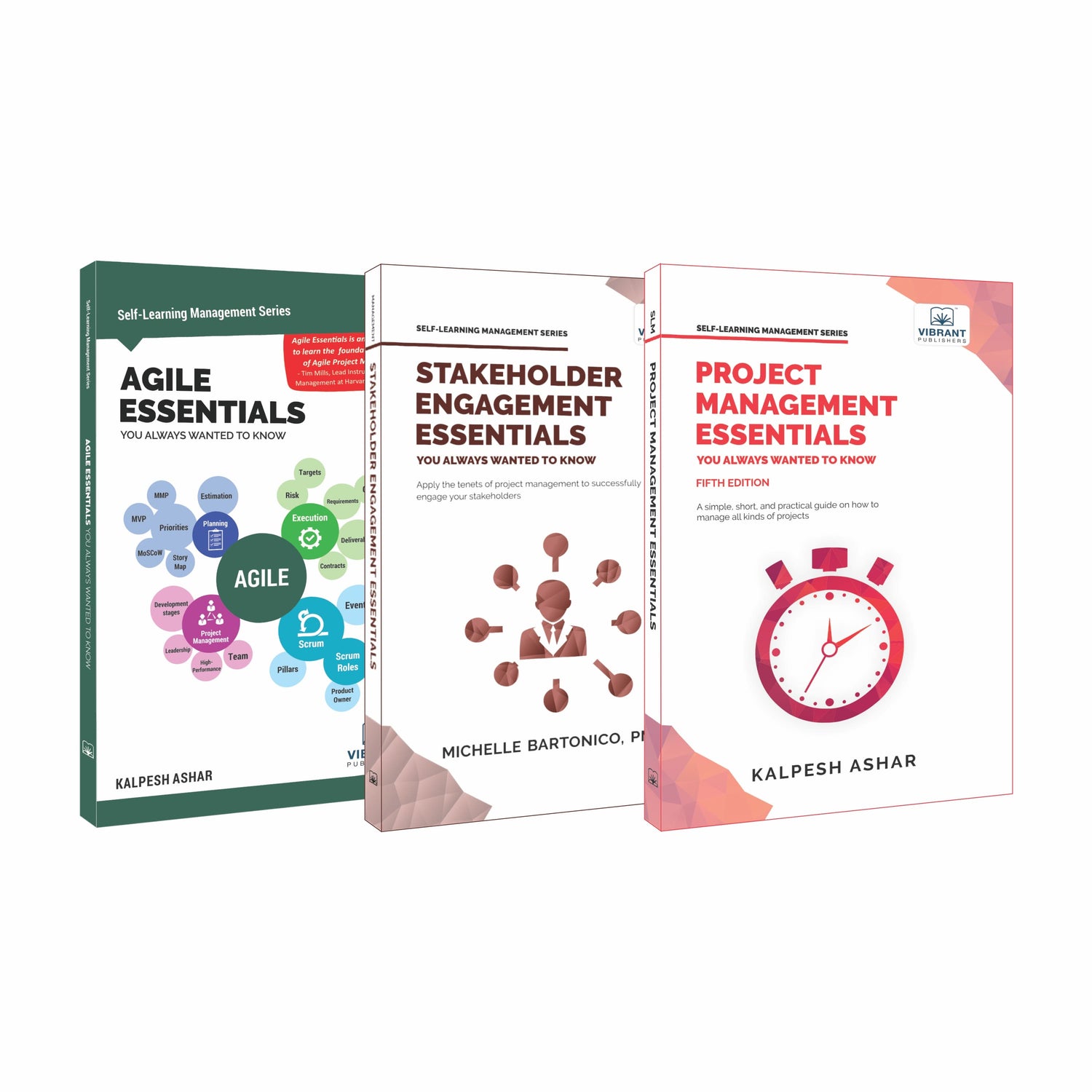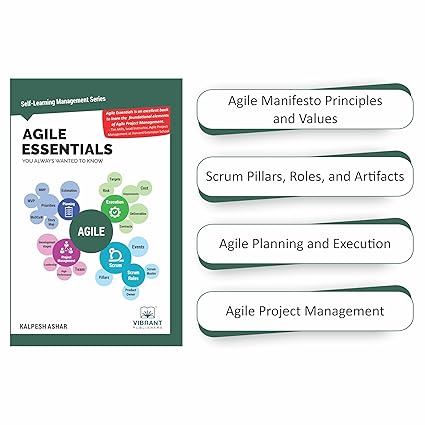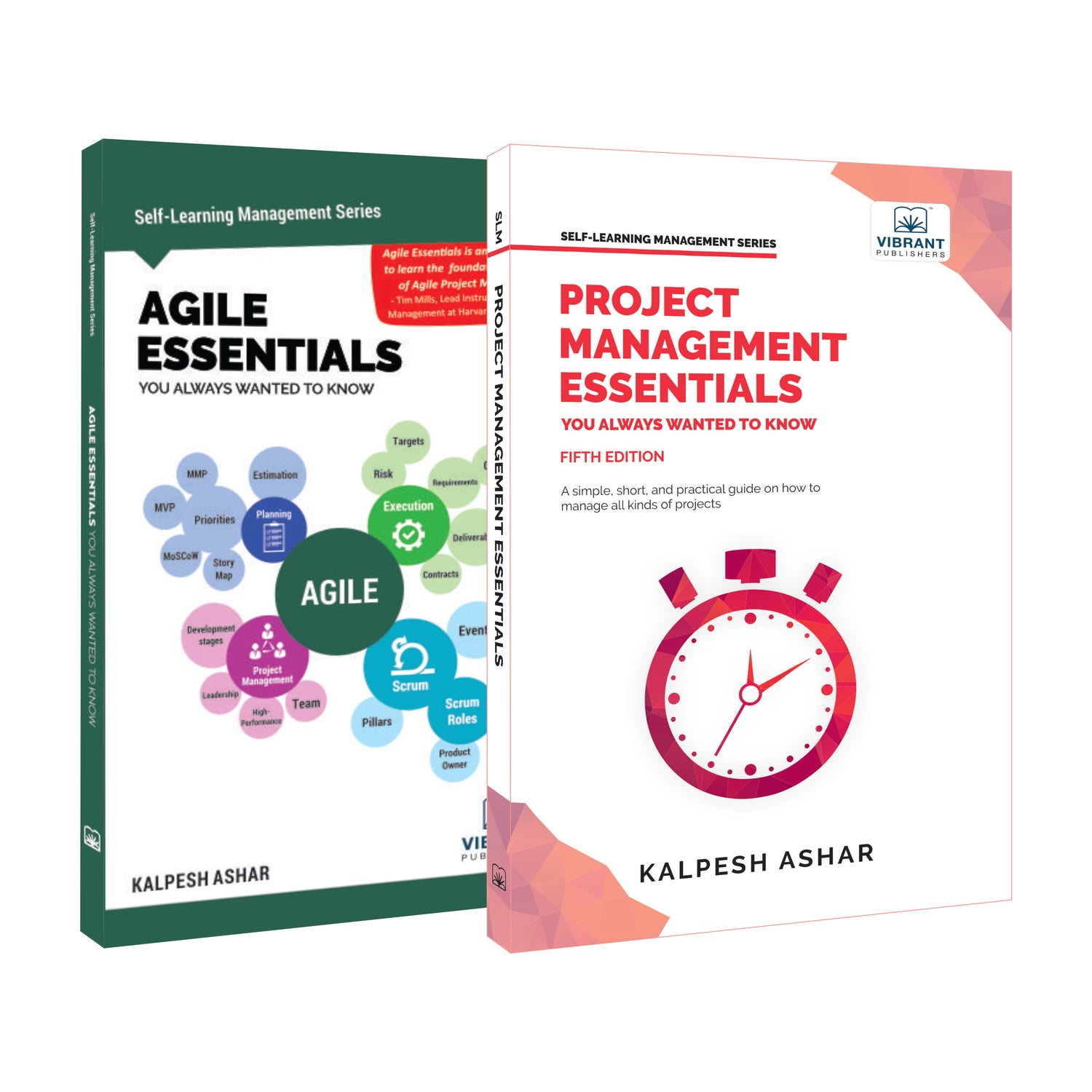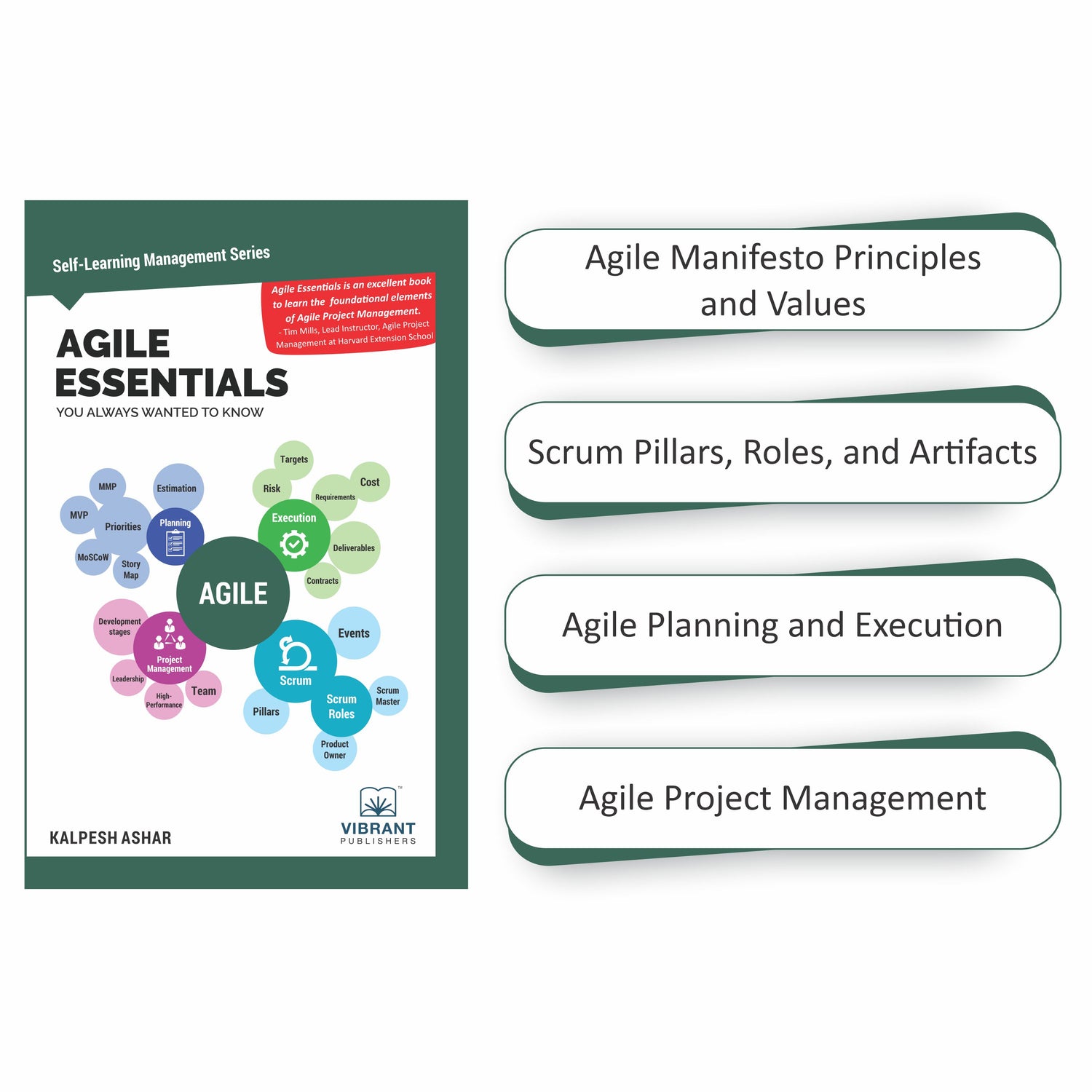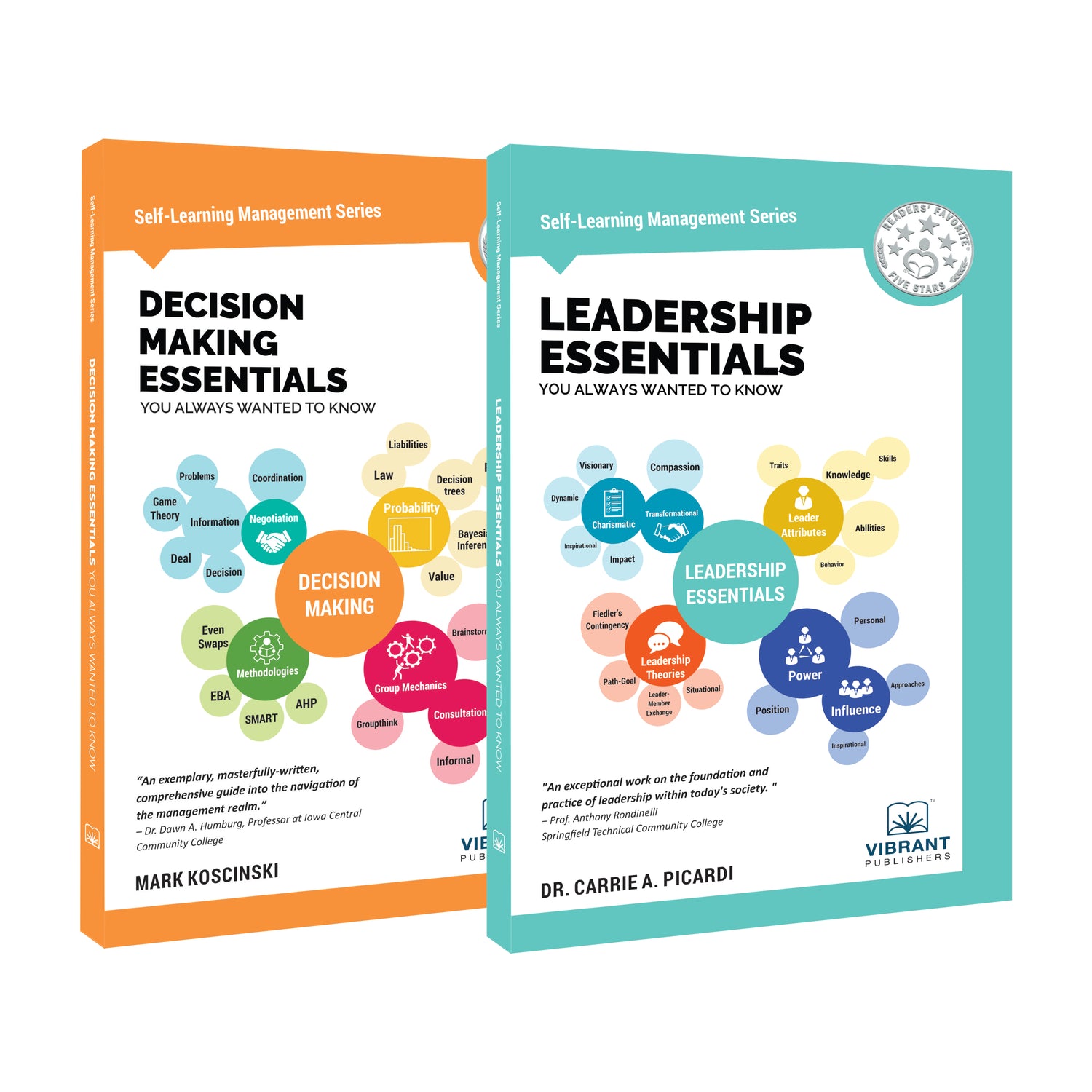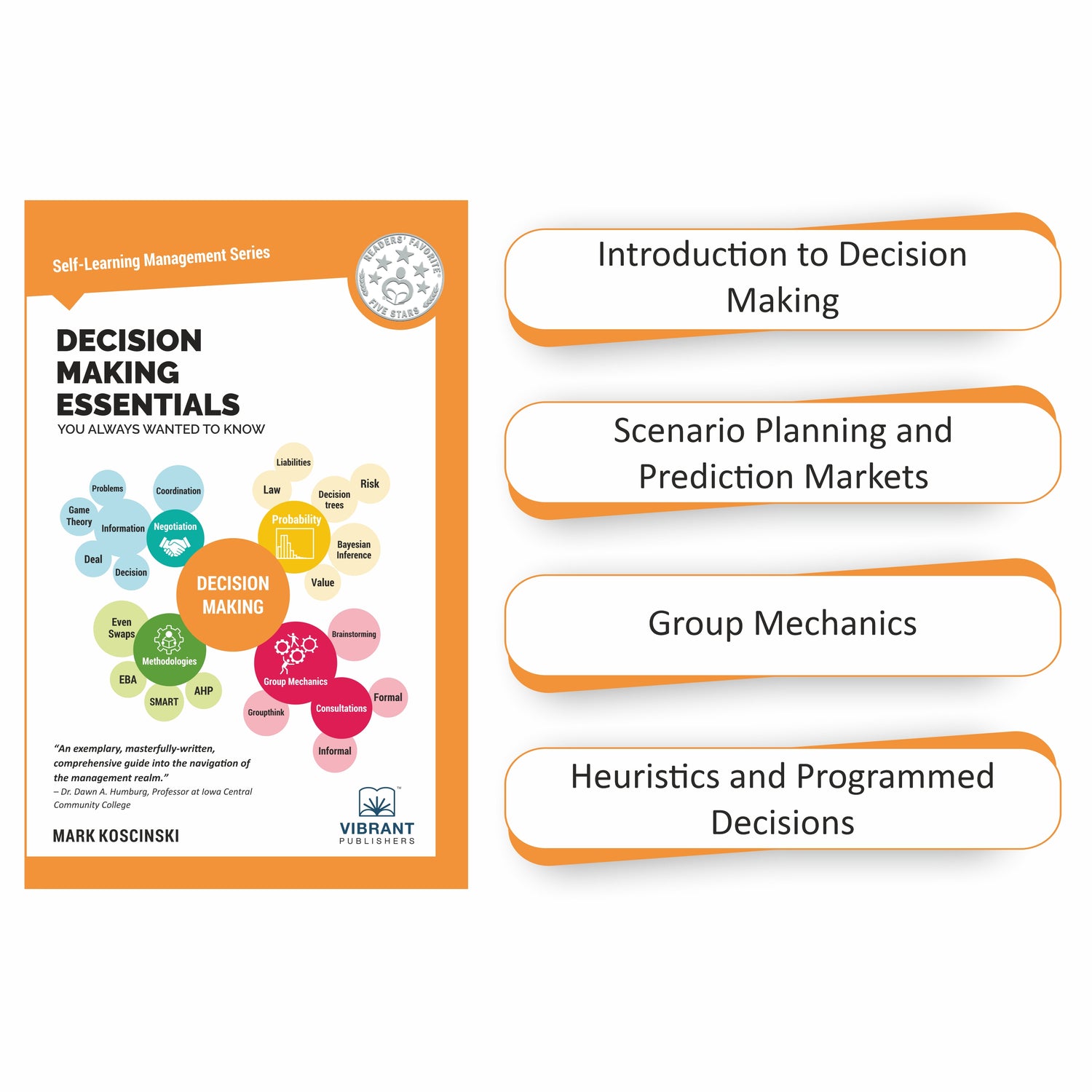Home
-
Blogs on Modern Marketing and Sales
-
Survey Fatigue: Looming Challenge in Modern Market Research

Survey Fatigue: Looming Challenge in Modern Market Research
While the practice of market research continues to evolve and adapt thanks to a boost from AI, a persistent and increasingly prevalent issue looms large: survey fatigue. After decades of expanded use cases – from gauging key economic indicators to deciding on public art installations – reliance on market research surveys is significant. However, attention spans are lessening, which has proven to have a negative and concerning impact on survey response rates.
The presence of survey fatigue has not diminished a principal objective of market research: to gather information about a specific target audience. Even if consumers are less interested in participating in surveys, the need to capture their directed feedback remains. But how can market researchers accomplish this in the face of declining interest and willing participation?
Thankfully, there are some tools and tactics to help navigate this shifting landscape. By staying informed about new developments, exploring innovative methods, anticipating participant barriers, and leveraging technology, market researchers can future-proof their approaches and mitigate survey fatigue. Some of the ways to do this are:
-
Stay informed and connected:
To keep track of developments and shifts in tools and techniques, market researchers are challenged to read professional publications, participate in industry events, and seek connections with other practitioners. Especially in the case of survey fatigue, basic awareness of the issue is critical, but knowledge of emerging tools and trends to address it is even more important.
This understanding will have significant implications for research design, including the method and data collection approach.
-
Explore new methods:
Exploring new ways of conducting surveys can also help mitigate survey fatigue. This might include leveraging shorter, more engaging survey formats, using gamification techniques, or incorporating multimedia elements to keep respondents interested.
Additionally, considering alternative data collection methods such as passive data collection, social media listening, or integrating AI-driven insights can provide valuable information without overburdening participants.
-
Address participant barriers:
Anticipating participant barriers and addressing conditions that create survey fatigue is crucial. From designing surveys that are concise, relevant, and respectful, to writing questions that are clear and easy to understand, market researchers are responsible for engaging the audiences they aim to study. This often includes providing financial or non-financial incentives to participants.
But perhaps even more meaningful is communicating the value of respondents’ time and efforts by demonstrating the importance of their contributions. Without feedback loops to see the real-life impact of their responses, participants may be disinterested and less likely to prioritize participation in future surveys.
-
Utilize technology:
Leveraging technology and automation can streamline the survey process and reduce the burden on respondents. Over the last two decades, online surveys have greatly reduced the time and resources needed to deploy studies, while technology-enabled automated reminders and follow-ups are increasingly used to improve response rates without overwhelming participants.
However, as we enter the age of AI, market researchers are applying technology to further address the issues and barriers contributing to survey fatigue. Natural language processing and machine learning are touted as a way to enhance researchers’ abilities to personalize survey experiences, predict respondent fatigue, and optimize survey length and content.
In fact, AI has already proven that it can play a very distinct role in survey fatigue mitigation, including the following:
-
Adaptive questioning:
AI can dynamically adjust survey questions based on a respondent’s previous answers, or tailor the survey to their individual profile. This creates a more engaging and personalized experience and reduces feelings of boredom or tedium.
-
Streamlined surveys:
By analyzing which questions are most relevant to each respondent, AI can help create shorter surveys that still gather the necessary data. This minimizes the time commitment required from respondents.
-
Real-time analysis:
AI can analyze responses in real-time, allowing researchers to identify and address issues with the survey as they arise. This can help maintain respondent engagement throughout the survey process.
-
Natural Language Processing (NLP):
AI can use NLP to better understand and analyze open-ended responses, providing deeper insights without requiring respondents to answer numerous detailed questions.
Ultimately, the issue of survey fatigue is one that requires continued creativity and ingenuity to manage. Modern market research practitioners will be challenged to find new and engaging ways to capture the attitudes and opinions of the audiences they aim to understand. But with the right combination of curiosity, innovation, and technical know-how, the practice of conducting surveys will continue to be a foundational component of the market research discipline.

Market Research Essentials You Always Wanted to Know—a holistic guide to market research best practices.
Learn more about the subject of market research with our book Market Research Essentials You Always Wanted to Know. Written by Emily Wheeler and Samara Omundson, the book is a concise guide to the fundamentals of market research.
Learn more about the book here:
Market Research Essentials You Always Wanted to Know
Vibrant Publishers Unveils “Market Research Essentials”

Samara Omundson and Emily Wheeler, authors of Market Research Essentials You Always Wanted to Know
This blog has been written by Samara Omundson and Emily Wheeler, the authors of Market Research Essentials You Always Wanted to Know.
Also Read
AI in Market Research: Benefits and Concerns
Ethics in Market Research
Share
